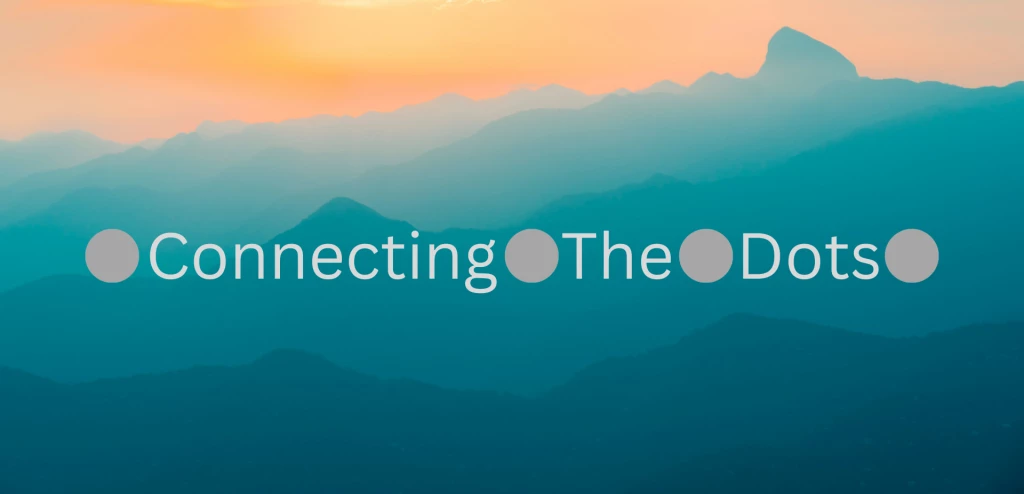7 Tips for Creating a Culture of Continuous Innovation
Add bookmark
Work anniversaries, like birthdays, are more than just a date in the diary. They offer us a unique chance to take stock and reflect on our achievements and opportunities for growth before we move forward. And as I celebrated my recent four-year anniversary with my employer, I did just that.
The last four years have been some of the most exciting and rewarding of my career. As the head of the global business services (GBS) arm of a global biopharmaceutical company, I’ve had the privilege of leading a talented and passionate team through a period of unprecedented change. Not only have we experienced significant evolution within our GBS function, but the COVID-19 pandemic also accelerated a shift in the wider GBS space and world of work as a whole. In its aftermath, many of us have been left redefining how we work and how we maximize our impact and value, as individuals and as an industry.
But are we collectively doing enough to sustain the pandemic’s innovation momentum?
GBS played a critical role in supporting businesses throughout this challenging time and, yet, too often – as an industry – we still lean on our past identity as a ‘back-office service provider’. Transactional, repetitive, process-based work, that maximizes standardization and efficiency, remains our bread and butter. However, as the pandemic illustrated, we also have other unique capabilities to offer, as innovation hubs and engines of transformation.
Vision + Empathy + Technology = Future-ready
It’s no secret that the future of GBS is digital. In recent years, we’ve seen emerging technologies like robotic process automation (RPA) and artificial intelligence (AI) transform the role – and influence – of GBS organizations. But our approach to innovation must extend beyond technology alone. As a leader, I have always felt keenly the responsibility to ensure my team and I consistently redefine, rethink, reimagine and – ultimately – disrupt everyday processes, ways of working and operations to maximize their effectiveness. Every member of the team should feel empowered to imagine a better way of doing things.
Innovation doesn’t just happen. It stems from a culture of listening, ideating, socializing and embedding relevant ideas on a continuous basis. I view cultivating such an environment, and empowering my teams to challenge the status quo, as two of my most important responsibilities. My own love of innovation was formed at a very young age, and I’ve always believed, “If you can envision it, it will come”. For this reason, one of my proudest career moments to date was when my organization was recently named the first runner-up at the 'World's Best GBS' awards. To achieve this recognition, just four years into our journey, tells me that rethinking our vision and operating model back in 2019 was a worthwhile investment. To me, true innovation is about reinventing the most ordinary of activities, isolating everyday problems and exploring them forensically. Always searching for ways to “create magic” and make things better.
Cultivating a Culture of Everyday Innovation
So, as I reflect on my learnings over the last few years, I’d like to share seven of my key takeaways – some of the small-but-mighty steps GBS can take to cultivate a culture of everyday innovation and, in turn, evolve its role as a value creator.
1. Design Solutions VS. Provide Services: How we describe what we do matters. When I took the helm of my GBS organization in 2019, I felt passionate about repositioning it from a back-office function to an integral part of the company. I started by removing the word “services” from our name and replacing it with “solutions”. This change was more than cosmetic; it represented a fundamental shift in our philosophy. To me, “services” held connotations of passive fulfilment – like placing an order at a restaurant. “Solutions”, in contrast, conjured up images of actively engaging with customers, developing a deep understanding of their business, anticipating their future needs and producing tangible and meaningful results. Not as a service provider, but as a true partner and ally.
2. Create an Environment of Relentless Innovation: If we’re serious about building a culture of true innovation, we must create a safe space for ideation in which our people feel supported and inspired. The future of work is rooted in creativity and imagination – but both require structure to flourish. It is critical that GBS organizations design intelligent operating models that encompass the right structure, location, activity mix and engagement model – brought to life by the right team and mindset. In doing so, we create a working environment where our diverse talent has space to grow and where open-mindedness and divergent thinking is encouraged. In parallel, we also need to enable our people to drive the changes they want to see. I’m a passionate believer in the democratization of digital technologies. As leaders, we must not only empower our people to dream up ways to make things better, but also help them develop the skills needed to bring their ideas to fruition. I’ve seen first-hand the value and agility that can be unlocked when we make emerging technologies – like robotic process automation (RPA), artificial intelligence (AI) and machine learning (ML) – accessible to every member of the team, regardless of their role, expertise, or background. Not only does doing so ignite innovation, strengthen productivity, and free up significant volumes of time, but it also creates exciting and rewarding careers for our people, bolstering hiring and retention.
3. Harnessing the Power of Data: GBS functions must also strive to democratize data and expand how employees harness advanced analytics and data-driven insights. When data is made widely available, it breaks down silos within organizations and supports collaboration, unveiling new opportunities for innovation. By giving employees the power to explore and analyze data to identify patterns, trends, and insights, we can deliver optimized solutions, make better informed decisions, and supercharge agility at every level of the organization. Process mining and communications mining also offer huge value to GBS, increasing our visibility into key process challenges so we can identify and remove bottlenecks. This allows us to continuously enhance our processes and ways of working and, in turn, has the potential to unlock almost limitless value.
4. Take a Human-centered Approach to Emerging Technology: RPA- and AI-powered chatbots undoubtedly offer significant innovation potential for GBS, and we will see increased adoption of these technologies to strengthen people experience (Px) in the months and years ahead. However, while ChatGPT – and GPT-4 – promise to save significant volumes of time, we must remain mindful that AI algorithms and applications should always reflect realistic conceptions of customer needs and human psyche. This isn’t a case of ‘plug and play’. Our GBS organizational structures must be designed in such a way that we can bring out the best in our people and ensure technology and humans are always integrated to complement each other.
5. Focus on People Experience (Px): Px remains a hot topic for GBS, but how many of us are going beyond traditional transactional support to design personalized, seamless, and omni-channel experiences? And what steps are we taking to ensure our approach to technology is grounded in empathy and human understanding? There’s no doubt that the likes of AI-powered virtual assistants and advanced customer analytics will convert a good experience into one that’s exceptional, but first and foremost Px should always be grounded in understanding and fulfilling customers’ needs. The differentiator for GBS will be how functions embed a culture of Px across every level of their organizations. I’ve experienced first-hand the power of developing an inspiring and unifying Px ambition centered on how we want our customers to feel during every interaction with us. This collective North Star must consistently shape our evolution, inform how we harness the power of data and digital, and guide our people in every activity and stakeholder engagement.
6. Attract the Right Talent – And Invest in Their Growth: We are only as strong as our people, and GBS must continue to build a global talent pool with diverse skills and expertise from around the world. To attract and retain the right people, organizations must regularly review and redesign their talent management strategy and ensure that it is centered on creative tools and processes, and well--researched candidate personas. What kind of capabilities do we need? What candidate profiles will be the right cultural fit? How will these candidates help us realize our ambitions? How will we enable their continued development? How will we ensure they remain engaged and inspired? In tandem, we must also instill a growth mindset within our organizations, invest in employees’ capabilities and create exciting and rewarding careers. Continuous learning is a top priority for today’s workforce, so giving employees regular opportunities to build a wide array of next-generation capabilities and to familiarize themselves with new tools and platforms, will ensure they are positively challenged and future-ready.
7. Be Powered by a Unifying Purpose – Always: Probably the most important learning I’ve gained over the last four years is how critical purpose is in organizational success – especially during times of change. As the world of work has changed and hybrid work models have become the norm, purpose has gained renewed importance. As a leader, it’s my job to know what my teams care about – what motivates and inspires them and what they feel most passionate about. To ensure we are equipped to continue evolving as an industry – and fuel innovation – GBS must do more to engage both the hearts and minds of our talented teams. When a unifying and meaningful purpose guides organizations, trust levels are higher, and employees feel more comfortable expressing themselves freely and bringing ideas to the table.
Innovation should never occur in pockets; it must touch every corner of what we do and how we work. And it should be owned by all. Former Disney CEO Michael Eisner said, “There’s no good idea that cannot be improved on” – and I believe this to be true. But good ideas take talented people feeling enabled, empowered and inspired to drive the kind of innovation that they know the world needs. Good ideas cannot stem from limiting beliefs or by hanging on too tightly to old ways of working.
The GBS industry is evolving – and so are our people. While the future of GBS is digital, it is only when paired with the uniquely human elements – empathy, caring and purpose – that true innovation can be unleashed. And it is only when we collectively embrace this mindset, that we’ll stop thinking of ourselves as “back-office”, and the next generation of GBS will find its feet.

























